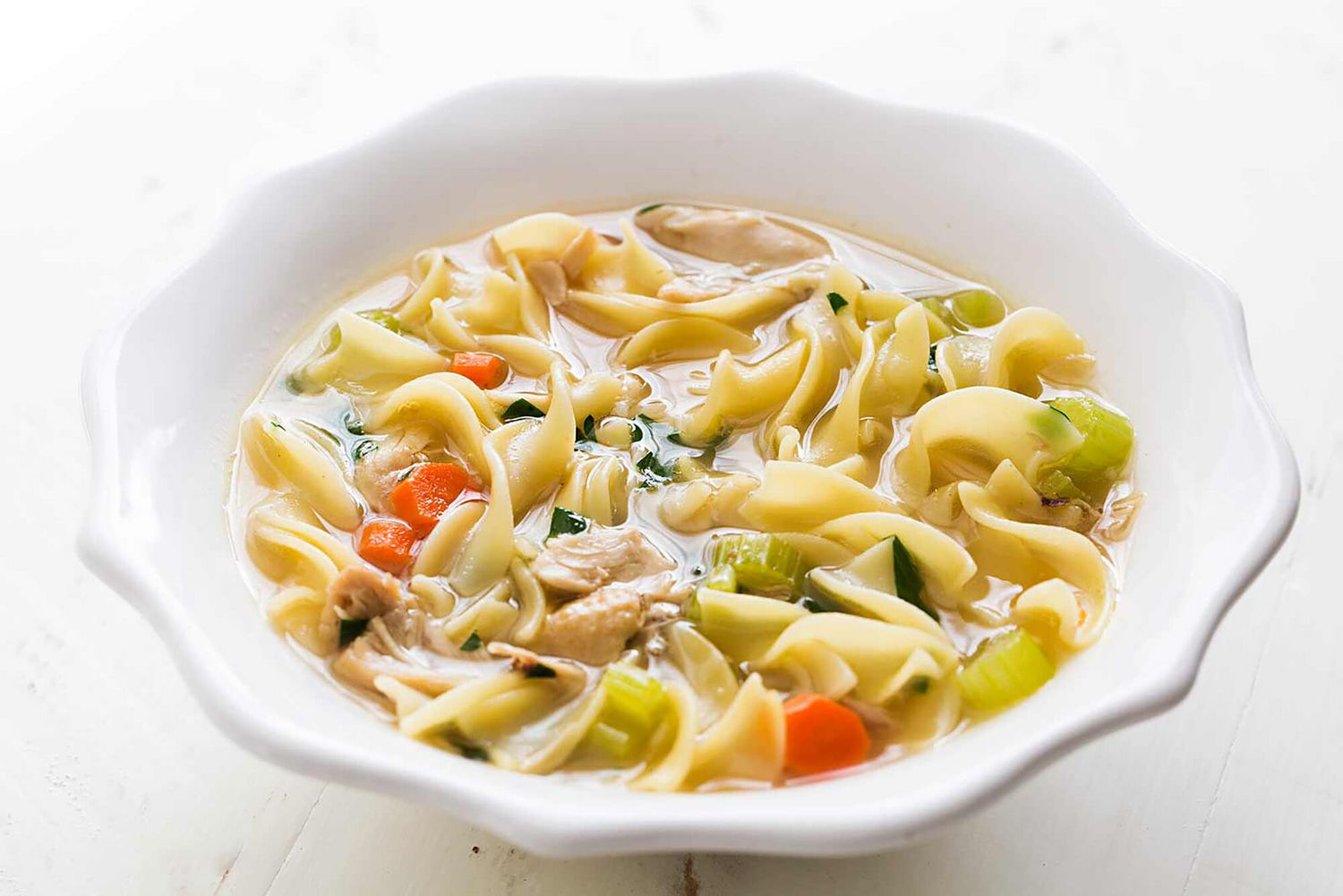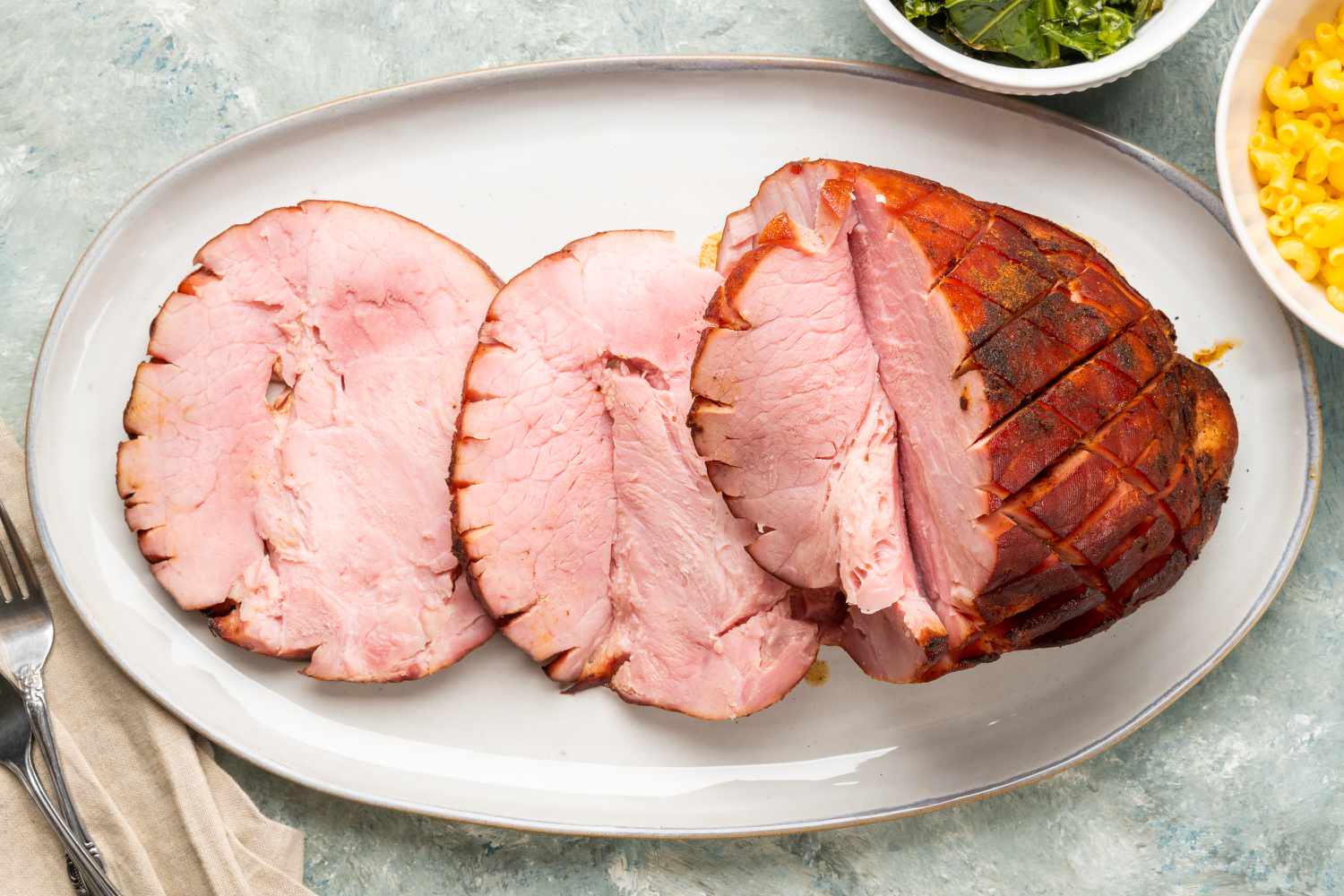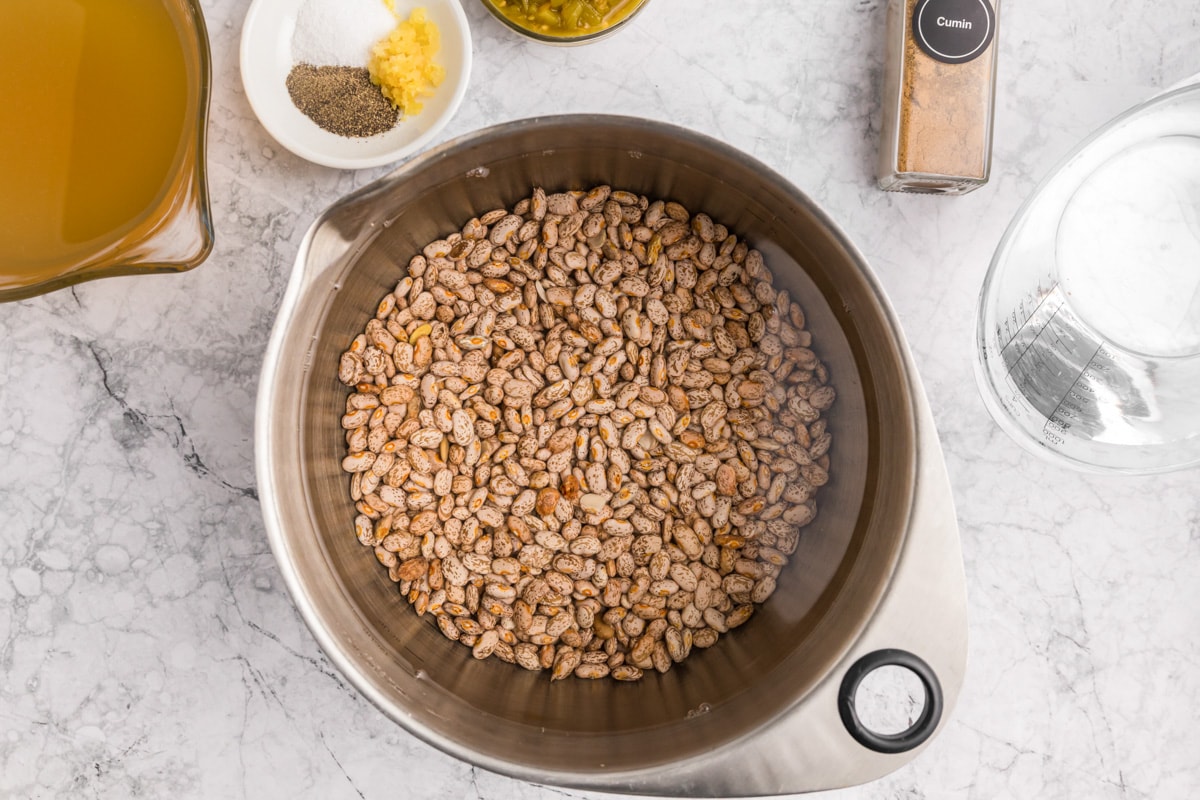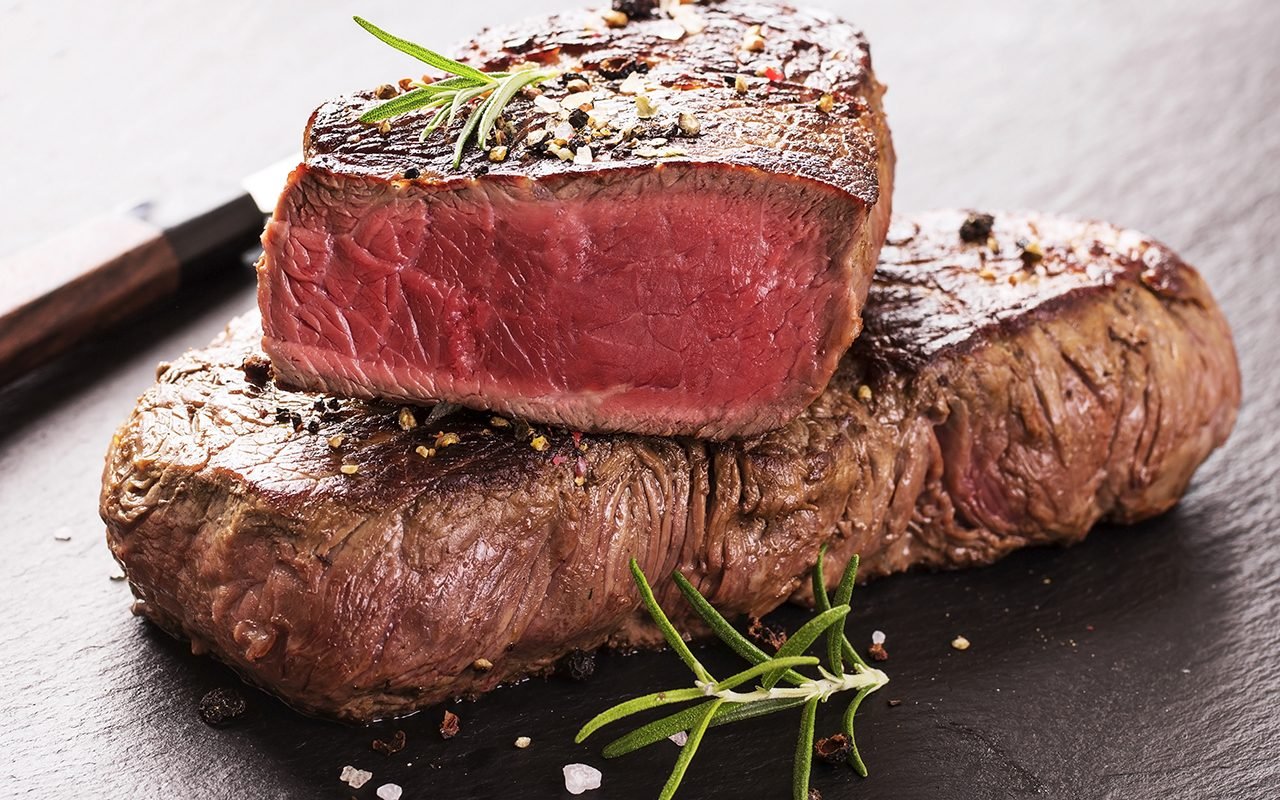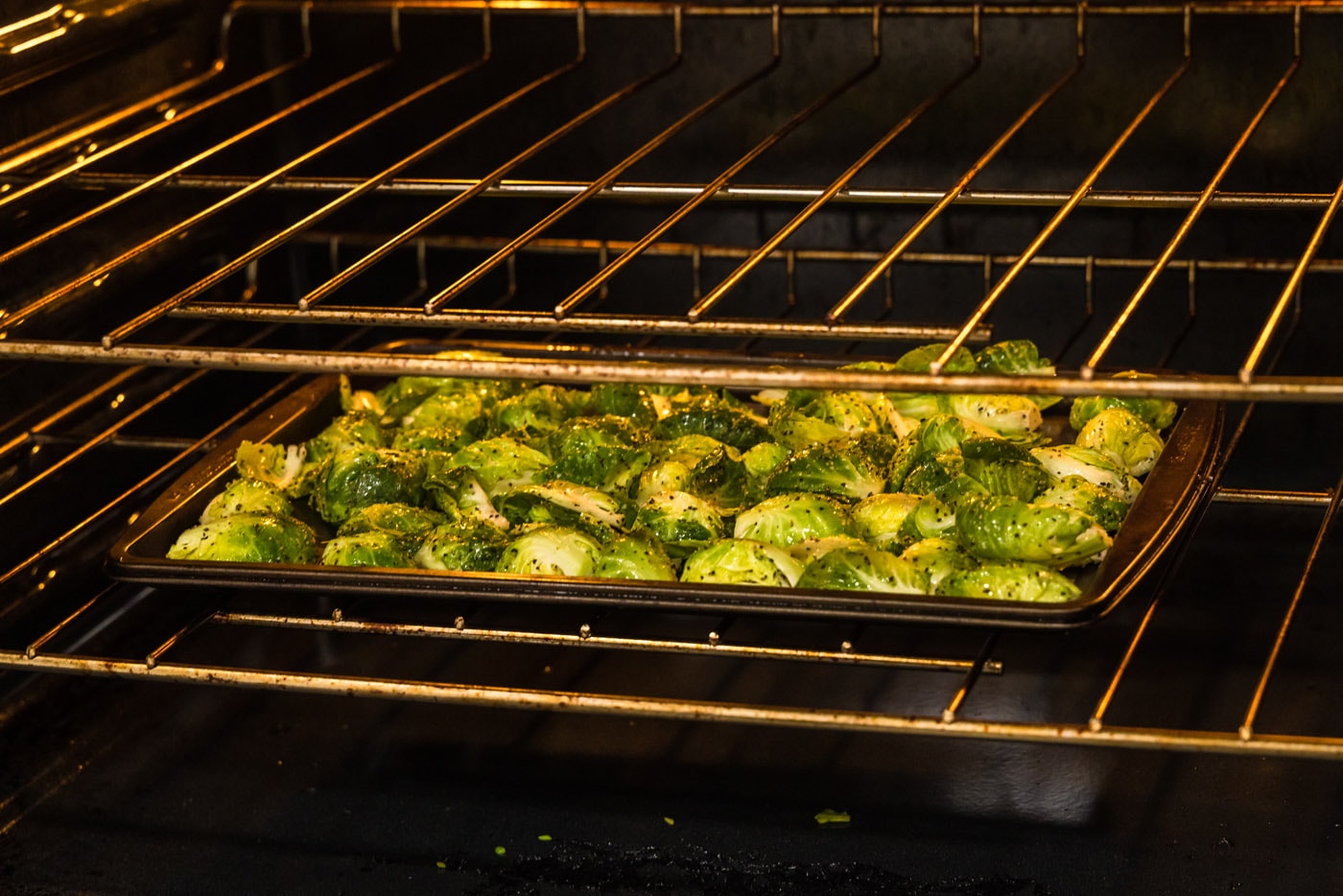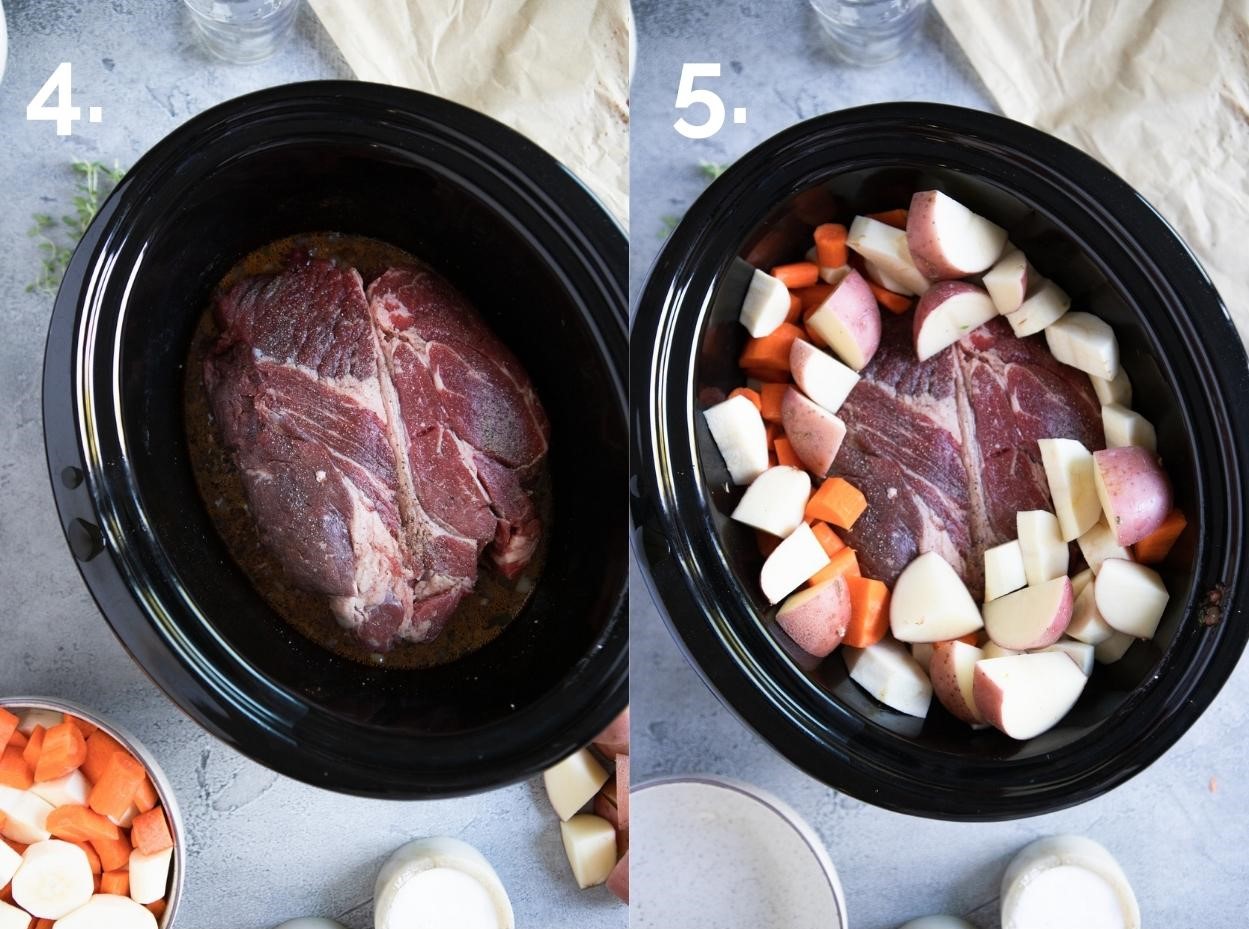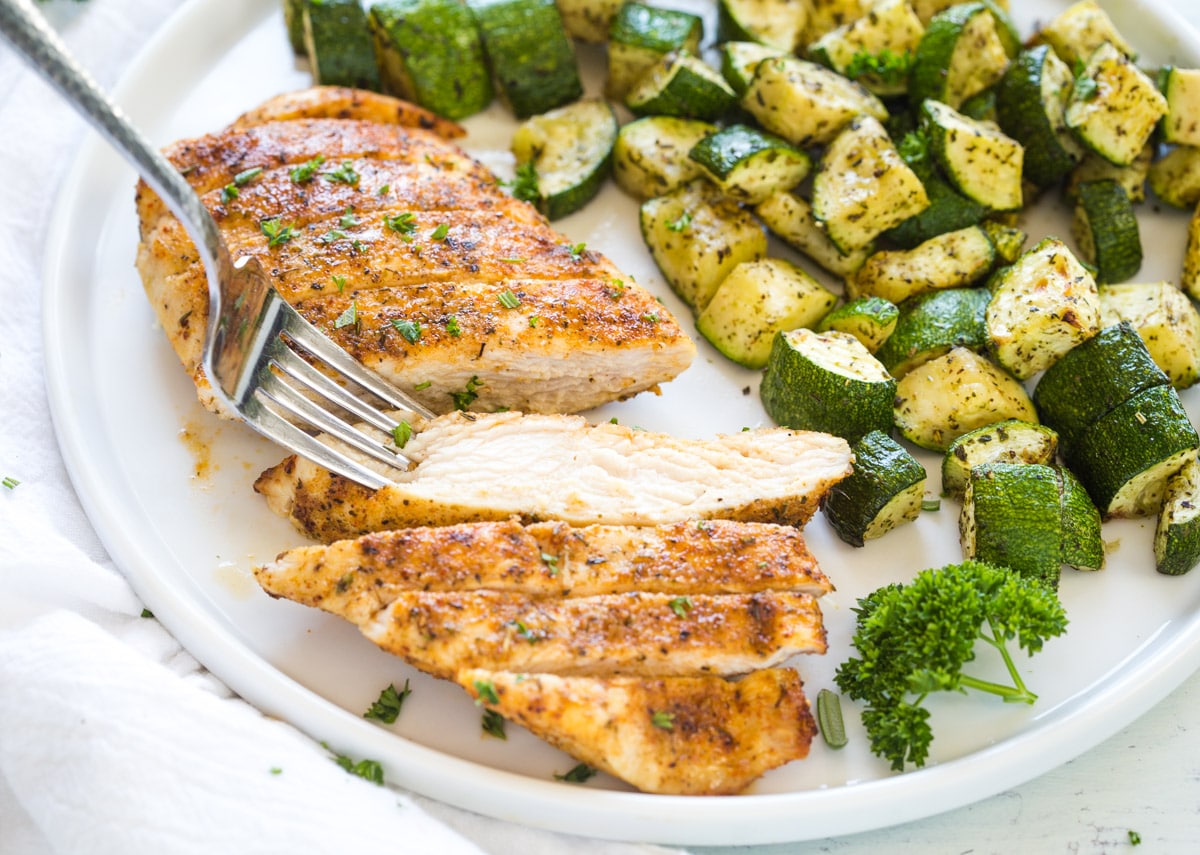The Versatile and Refreshing Lemon Balm: A Must-Have Ingredient for Your Culinary Adventures
Are you looking to add a delightful burst of flavor to your culinary creations? Look no further than lemon balm! This vibrant herb is not only visually appealing but also lends a refreshing lemony aroma and taste to a wide range of dishes. Whether you’re a seasoned chef or an enthusiastic home cook, incorporating lemon balm into your recipes is a wonderful way to elevate your cooking to new heights. Let’s dive into the world of lemon balm and discover how this versatile herb can transform your dishes.
Add a Zesty Kick to Your Salads and Dressings
Lemon balm is an excellent addition to fresh salads and homemade dressings. It pairs exceptionally well with leafy greens, juicy tomatoes, and crisp cucumbers. To incorporate lemon balm into your salad, simply chop the leaves into small pieces and sprinkle them over your greens. The herb’s citrusy notes will brighten up the flavors and enliven your taste buds. You can also infuse lemon balm into your dressings by steeping a few leaves in olive oil or whisking the chopped leaves into a lemon vinaigrette. The result? A zesty and refreshing salad that will leave you craving for more.
Create Delightful Lemon Balm Infused Beverages
When life hands you lemon balm, why not make a refreshing beverage out of it? Lemon balm makes a wonderful addition to a variety of drinks, from iced teas to cocktails. Boil some water and steep a handful of lemon balm leaves for about 5-10 minutes to create a calming herbal tea. You can enjoy it hot or let it cool down and serve it over ice for a revitalizing summer drink. Feeling adventurous? Muddle some lemon balm with other herbs, such as mint or basil, and mix it with your favorite spirit for a unique and flavorful cocktail. Adding a splash of citrus juice can enhance the overall flavor. Cheers to the endless possibilities that lemon balm brings!
Lemon Balm: The Perfect Twist for Savory Dishes
While lemon balm is known for its affinity with sweet flavors, it can also be used to add a subtle twist to savory dishes. Sprinkle some chopped lemon balm leaves on top of grilled fish or roasted vegetables to infuse them with a touch of citrusy freshness. Feeling experimental? Create a lemon balm pesto by blending the herb with garlic, pine nuts, Parmesan cheese, and olive oil. Adding a squeeze of lemon juice can brighten up the flavors. This vibrant pesto can be used as a dip, spread on sandwiches, or tossed with pasta for a zingy and fragrant meal. Let your imagination run wild and discover the versatility of lemon balm in the savory realm.
Enjoy the Benefits of Lemon Balm
Aside from its culinary uses, lemon balm also offers numerous health benefits. It is often hailed for its calming properties, making it an excellent ingredient for herbal teas and infusions to promote relaxation and reduce stress. Lemon balm is also known for its potential digestive benefits, aiding in digestion and soothing the stomach. It contains antioxidants that may have positive effects on overall health and well-being. So, not only will your taste buds thank you for incorporating lemon balm into your dishes, but your body might also benefit from it too!
Final Thoughts
Lemon balm is a versatile and refreshing herb that deserves a spot in your culinary repertoire. From salads and dressings to beverages and savory dishes, there are endless possibilities to explore when it comes to cooking with lemon balm. So, next time you’re looking to add a burst of bright and zesty flavors to your meals, reach for this delightful herb. Your taste buds will thank you, and your dishes will never be the same again!
For those looking to experiment with lemon balm in their kitchen, there are a few standout recipes that should not be missed. First, the Lemon Balm Herbal Tea Recipe is a simple and soothing start, perfect for anyone new to using this herb. Moving on to something a bit more savory, the Grilled Lemon Balm Chicken Recipe offers a delightful combination of flavors that highlight lemon balm's citrusy notes. For a refreshing beverage, the Lemon Balm Infused Iced Tea Recipe is a must-try, providing a cool and aromatic twist on a classic drink. Lastly, the Lemon Balm and Berry Tart Recipe makes for a fantastic dessert that pairs the herb's unique flavor with the sweetness of berries, creating a memorable end to any meal.
Was this page helpful?
Read Next: How To Cook Elbow Macaroni In Instant Pot
Abby Marcelino
Abby is a writer, editor, and a fan of ASMR mukbang and cooking videos. Her family has been in the food industry for years and she has been working for their business as a part-time quality assurance officer and content creator. She is addicted to all things dairy and carbs, most especially cheese and bread.

